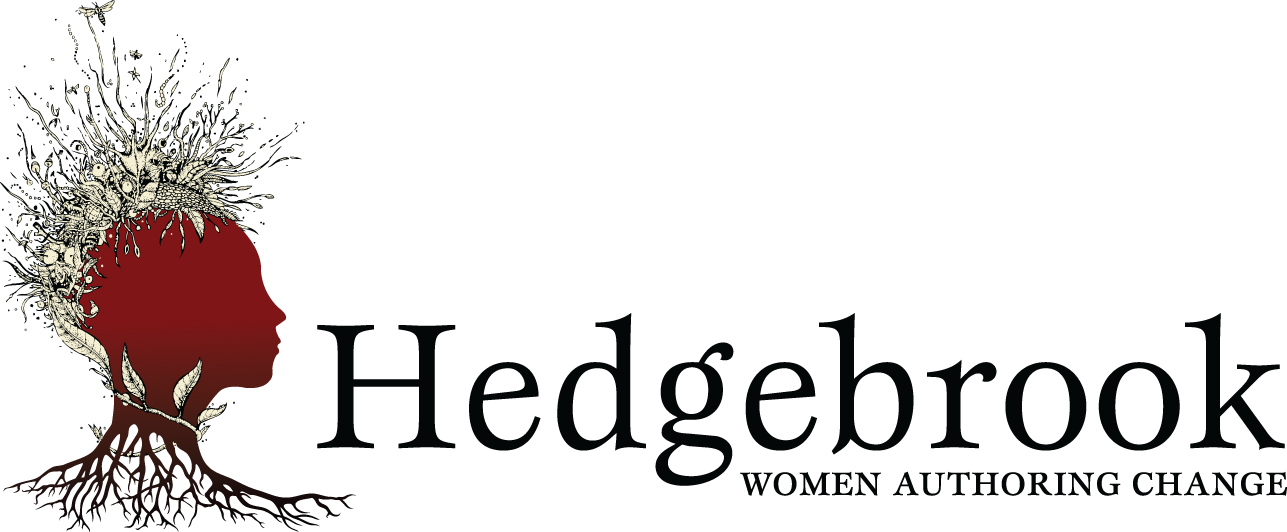The Art of Communicating
My job is to communicate information. The method and means change depending on what professional role I’m playing. Some days I use flyers, e-blasts, newsletters and the universe of social media to promote events and news about Hedgebrook. On other days I am a journalist working for either public television or radio. Whether I’m marketing or reporting, I’m required to use a number of different tools to try and capture an audience’s attention. And this tool kit seems to be growing exponentially by the day. It’s hard to keep up with the varying social media sites, broadcast outlets and electronic devices continually hitting the market. Plus, each medium requires a slightly different voice to say essentially the same thing. In other words, its not as easy as one might think to turn a television story into a radio broadcast; or turn a newsletter into an e-blast.For most of my career I have written for the screen. As a broadcast journalist I was taught to keep my writing informal and relevant. A viewer is going to naturally pay more attention to the pictures than the words. So, my job is to add pertinent details that the images can’t reveal. When I’m producing a story I often spend much more time finding footage than scripting, because the visuals are always going tell a story more clearly than my voice ever could.When you are writing for radio you have to remember that you are lucky if you have one of your listener’s ears. Think about the last time you tuned into a talk radio program. You were likely driving, doing the dishes or even having a conversation. Therefore the three “c’s” are the bible in radio stories. Keep it concise, clear and conversational. Each sentence should try to convey one, and only one idea.In either of the above mediums my words are heard but they are never seen. The only set of eyes that ever takes a second look at my scripts is my senior editor. Grammar, spelling and sentence structure are irrelevant. Basically, it needs to be legible and not much else.Marketing for Hedgebrook has helped my brain return to the world of print. I’m remembering to cross my t’s and dot my i’s with precision. Luckily, my worlds—and my skills—are overlapping. It never hurts to use concise, clear and conversational language to market an event; but I also need language that is snappy and inventive. A few lines must say, “You are going to have a hell of a time if you come to this event!”As advertisements, electronic contraptions, online realities, emails, twitter feeds, facebook posts, blogs and texts compete for our attention; communicating effectively becomes more and more difficult. We have to say more, in fewer words, but make more impact. Plus, great content is no longer enough. A writer has to think about how, when and where their audience will read, watch or listen to their information.As the world becomes louder, faster and more demanding—communicating is more and more of an art form.
